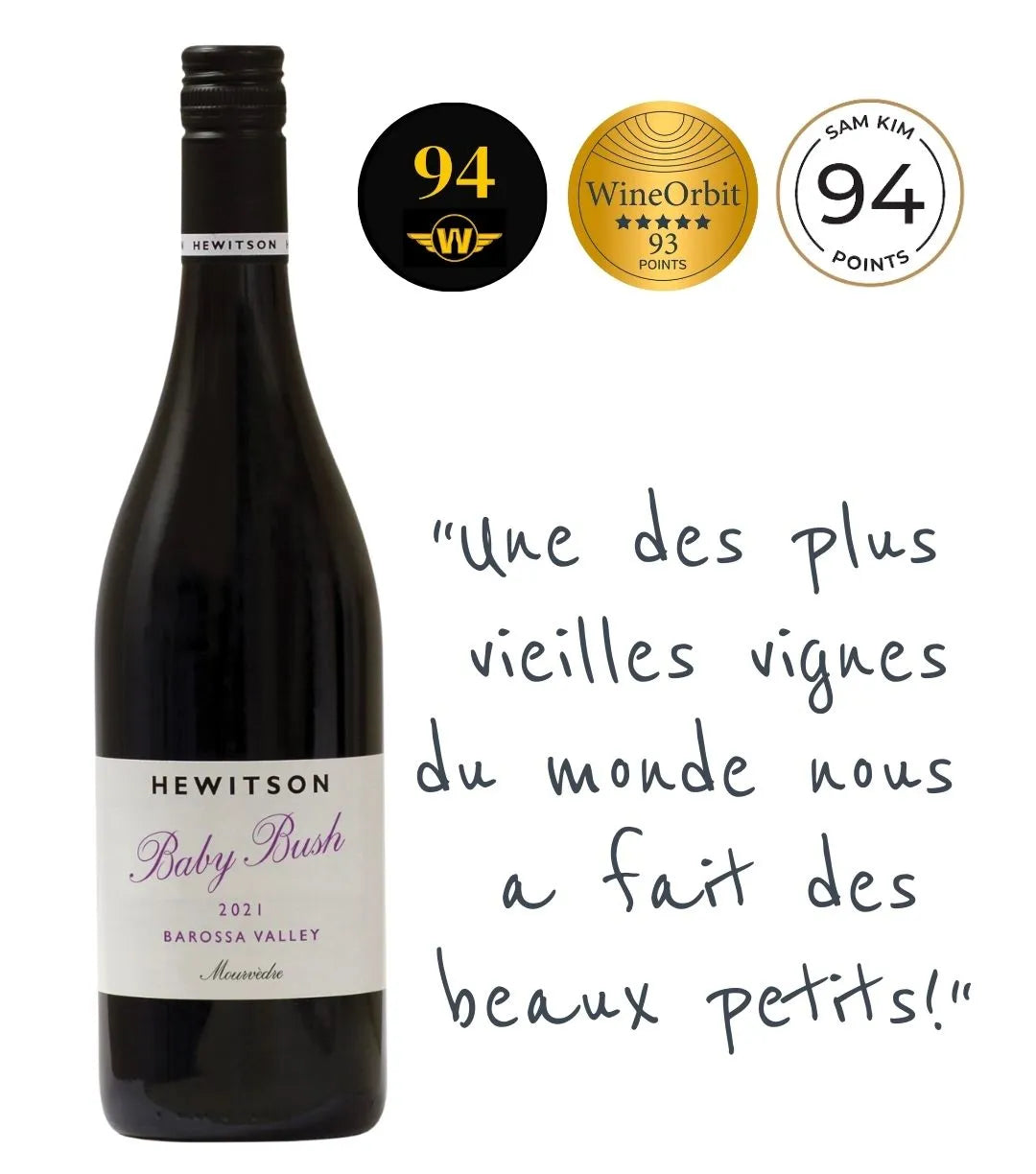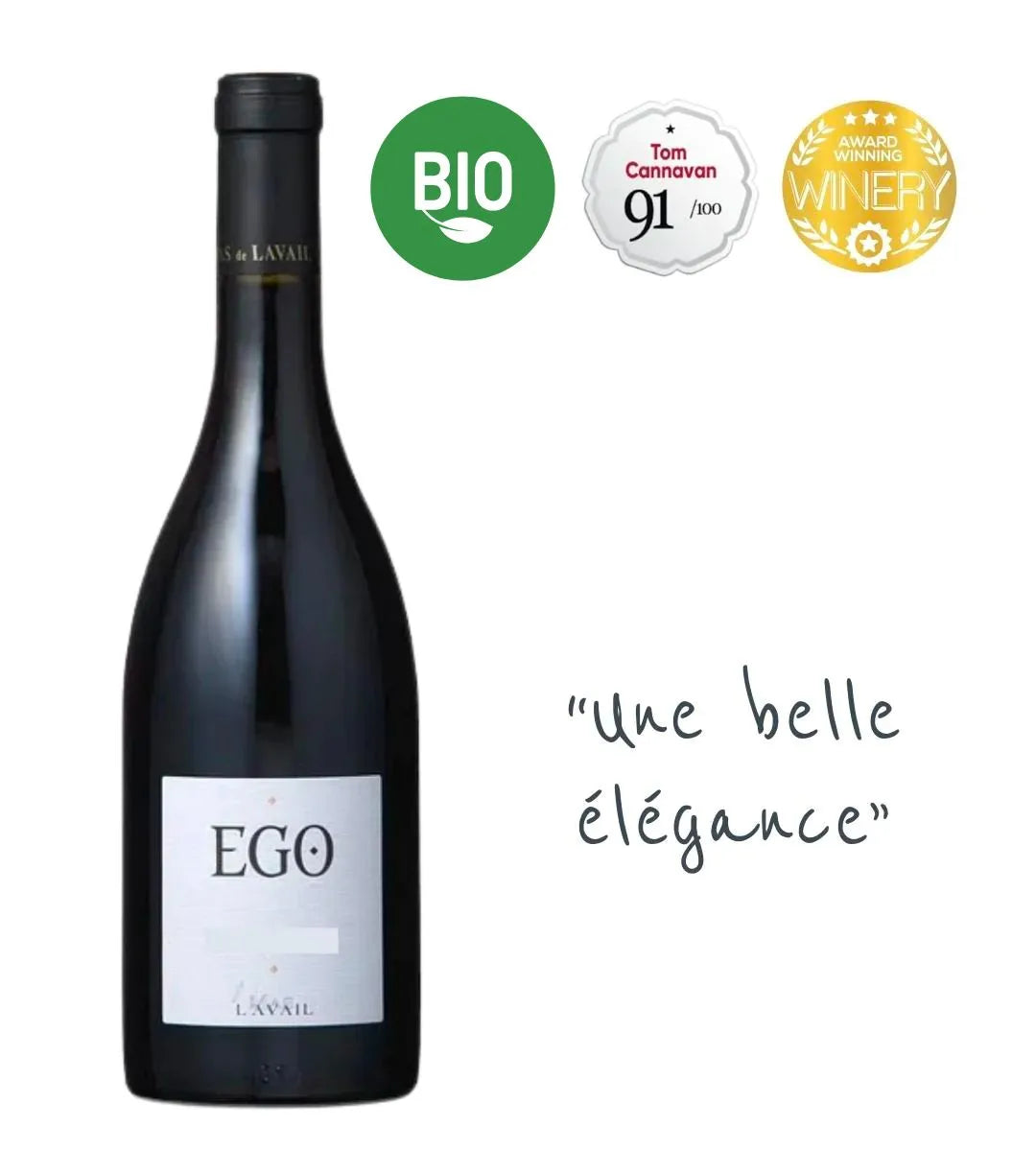
16 products
Mourvedre Wine
Free delivery on your first order or orders over €150 (France only)
Free delivery on your first order or orders over €150 (France only)


Mourvèdre seems to have been made for Saint Valentine’s Day. Both a rosé and a red, it embodies the essence of love : it pairs well with Grenache Noir or Syrah, it demands patience, it is powerful and is intoxicating thanks to its musky and peppery overtones. Oh, and Mourvèdre is ideally sipped while eating chocolate (covered strawberries). Similar to love, this grape variety is not easy. It is a tannic wine, high in alcohol. However, as it matures, Mourvèdre gains in wisdom and becomes more balanced and structured. Trust us when we say Mourvèdre is quite the treat.

Rasteau AOC Rhône, France

Châteauneuf-du-Pape AOC Rhône, France

Stellenbosch, South Africa

Châteauneuf-du-Pape AOC Rhône, France

Stellenbosch, South Africa

Gigondas AOC Rhône, France

Châteauneuf-du-Pape AOC Rhône, France
The Mourvèdre grape, also known as Monastrell in Spain, is renowned for its powerful and tannic wines. This grape captivates with its complexity and aromatic richness. Let’s explore its origins, distinctive aromas, and its crucial role in the world’s key wine blends.
Spanish Origins and Vineyard Characteristics
Originating from the Iberian Peninsula, Mourvèdre thrives particularly well in hot, dry climates—conditions that are ideal for developing its unique characteristics. It requires generous sunlight and a long maturation period to reach its full potential. This grape is distinguished by its small berries with thick skins, rich in tannins and anthocyanins, elements that contribute to the solid structure and intense color of its wines. The vines are also known for their resistance to diseases and drought, although they can be sensitive to spring frosts.
Aromas of Mourvèdre in Red and Rosé
In red wine, Mourvèdre reveals notes of black fruits such as blackberry and cassis, accompanied by spicy touches like black pepper, licorice, and sometimes leather and earth. These characteristics impart power and tannicity to the wine, making it ideal for aging. Over time, the wines develop sophisticated tertiary aromas, adding layers of complexity.
In rosé, particularly in the renowned rosé from Provence, it expresses more delicate aromas of fresh red fruits like strawberry and raspberry, with a hint of Provençal herbs. This type of wine is appreciated for its freshness and liveliness while maintaining a certain aromatic complexity. Provence rosé, often an assemblage including Mourvèdre, is famous for its perfect balance between lightness and structure.
Main Regions and Blends
In the Rhône Valley, Mourvèdre is often blended with Grenache and Syrah to produce balanced and structured wines, known by the acronym GSM (Grenache Syrah Mourvèdre). These wines are renowned for their aromatic richness and aging potential. Examples include wines from Châteauneuf-du-Pape and Gigondas, where this grape plays an essential role.
Languedoc is another French region where Mourvèdre shines. Used in blends similar to those of the Rhône, but also as a single varietal, Languedoc wines made from this grape are often powerful and aromatic with great depth. Appellations like Bandol and Minervois produce remarkable wines showcasing the grandeur of Mourvèdre.
Provence, famous for its rosés, also uses this variety to produce robust reds. The Provence rosé benefits from its structural contribution, adding an extra dimension to wines renowned for their elegance and finesse.
In Spain, Mourvèdre is primarily cultivated in the regions of Valencia and Murcia, with a strong expression of black fruits and pronounced tannins. The Jumilla region is particularly noted for its high-quality Monastrell, often vinified as a single varietal.
Australia, with its hot climates, is also well-suited for this grape variety. Australian wines made from Mourvèdre are characterized by their intensity and concentration, often with spicy notes and a velvety texture. The Barossa Valley region is known for its powerful and full-bodied Mourvèdre, often blended with Syrah and Grenache to create complex and balanced wines.
Mourvèdre is capable of producing both powerful, tannic reds and elegant, aromatic rosés. From Languedoc wines to Provence rosés, including the Rhône’s iconic blends and Spanish and Australian wines, it continues to captivate wine enthusiasts worldwide with its richness and complexity. Its role in the famous GSM blends, as well as its potential as a single varietal, makes it an essential choice for fans of characterful wines. The aromas, both in red and rosé, reflect the diversity and depth of this remarkable variety, promising a sensory experience in every sip.
For more information, check out our list of grape varieties!












